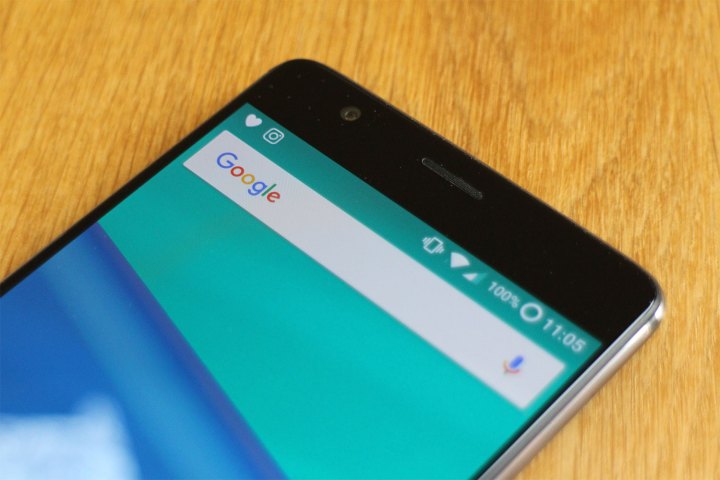
The AMP team specifically targeted images, which make up the lion’s share of page size — roughly 64 percent of the bytes of a page on average, according to Google. A few new techniques can reduce that number by as much as 40 percent.
AMP now removes data that’s invisible to the user, such as thumbnail and geolocation metadata, and downgrades image when the perceptible difference is most likely to be negligible. And it automatically converts images to Google’s highly compressed WebP format.
“With caching, we can make content be, in general, physically closer to the users who are requesting it so that bytes take a shorter trip over the wire to reach the user,” Google software engineers Huibao Lina and Eyal Peled wrote in a blog post. “In addition, using a single common infrastructure like a cache provides greater consistency in page serving times despite the content originating from many hosts, which might have very different — and much larger — latency in serving the content as compared to the cache.”
Alongside those improvements, Google is rolling out AMP Lite, an optimized version of AMP that kicks in for slower internet connections and low-end smartphones. AMP Lite opts to decrease the quality of JPEG images “when there is an indication that this is desired by the user or for very slow network conditions” — when, for example, a Chrome user has enabled Google’s Data Saver feature.
And it optimizes external fonts — that is to say, fonts loaded from another webpage — so that they can be displayed immediately regardless of whether they were previously cached.
Google said AMP Lite’s intelligent optimizations lead to another 40 percent reduction in image size. It’ll appear first on low-memory devices and “bandwidth-constrained” countries such as Vietnam and Malaysia, and for other users later.
AMP, which launched in late 2015, is Google’s open-source answer to platforms like Facebook’s Instance Articles and Apple News. It’s available on GitHub for anyone to use, and now counts hundreds of internet publications, social networks, and websites. Google says that generally speaking, AMP-enabled pages load as much as four times faster and use 10 times less data than non-AMP equivalents.
“People will read more and click on more stories when they know they will load fast, driving more traffic to a publisher’s site,” said Google in a press release. “While we can’t expand the amount of time in the day, with AMP we can help users consume more content in the time that they do have.”

